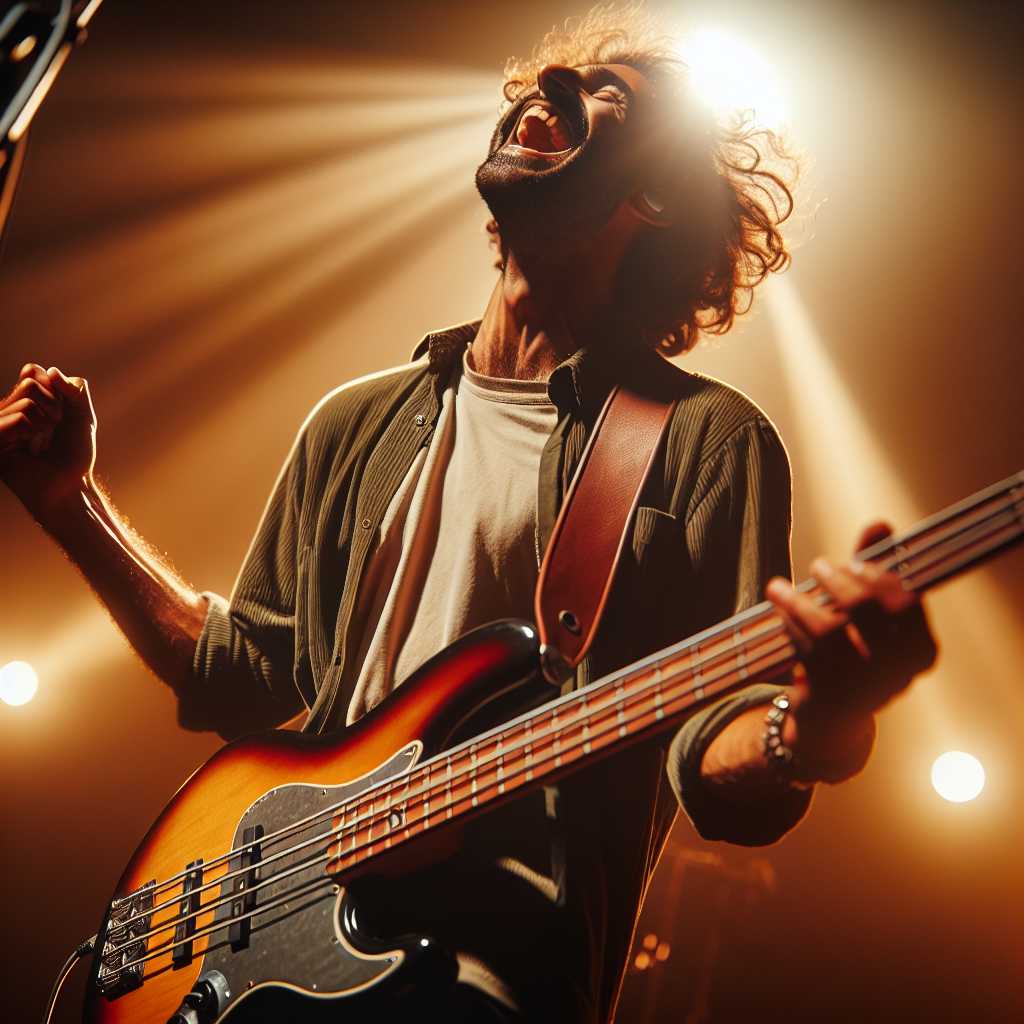An In-Depth Look at Phil Lesh: The Pioneering Bassist of Grateful Dead
As a founding member of the Grateful Dead, Phil Lesh revolutionized the role of the electric bass guitar in rock music. His exploratory playing style, musical improvisation, and contribution to psychedelic rock resonates within the history of American rock ‘n’ roll as much today as it did during the peak of the Dead’s popularity. This article looks at Lesh’s influence on music, his early beginnings, his journey with the Grateful Dead, his personal battles and triumphs, and his continuing legacy in modern music.
Early Life and Career Beginnings
Born on March 15, 1940, in Berkeley, California, Philip Chapman Lesh was drawn to music at an early age. His foray into music began with classical training on violin, followed by trumpet and eventually including other instruments. In the 1950s and early 1960s, orchestral and jazz music were among his first loves. He attended Mills College where he studied avant-garde classical music under the tutelage of Luciano Berio and participated in the San Francisco Bay Area’s early folk and rock scene.
From Classical to Psychedelic Rock with Grateful Dead
Lesh’s journey from classical music to rock took a serendipitous turn when he met Jerry Garcia, a like-minded musician whose diverse influences dovetailed with Lesh’s aspirations. Although Lesh had never played the bass before joining the Grateful Dead—he initially joined as a trumpeter—he was quickly tasked to pivot to electric bass guitar to fill a band need.
Breaking New Ground: Philosophies and Techniques
Lesh embraced his lack of conventional bass playing experience to craft a unique style that would distinguish him within the burgeoning psychedelic rock movement. Rather than sticking to traditional time-keeping roles often associated with the bass, Lesh would employ counter-melodic runs, complex harmonies derived from his classical background, and improvisational skills akin to those used by jazz musicians. This approach suited Grateful Dead’s propensity for lengthy jams and musical experimentation.
Life with Grateful Dead: Triumphs and Challenges
Affectionately known as “the Dead,” the group developed into a cultural phenomenon spanning three decades with Phil Lesh notwithstanding as its stoic anchor. Alongside Garcia, Bob Weir, Bill Kreutzmann, and others who came and went over the years, Lesh embarked on what would seem like an endless tour fueled by dedicated fans known as “Deadheads.” From groundbreaking albums like “Live/Dead,” “Workingman’s Dead,” to “American Beauty,” Lesh left an indelible mark on the songs and spirit of the times.
However, life in Grateful Dead was not without its hardships. The intense lifestyle took a toll on band members’ personal lives and health; Lesh himself underwent a liver transplant in 1998 due to Hepatitis C. That experience not only changed his personal life but transformed into advocacy work for organ donor programs.
Beyond Grateful Dead: Phil Lesh’s Later Projects
Following Jerry Garcia’s death in 1995, and the official dissolution of Grateful Dead shortly thereafter, Phil remained musically active. He has since organized various projects such as Phil Lesh and Friends featuring a rotating ensemble of musicians playing both original compositions and well-known Grateful Dead numbers.
Philanthropy: Support for Music and Health Causes
Throughout his later years, Lesh remained not only musically active but also civically engaged. He has organized benefit concerts supporting social issues close to his heart including environmental awareness and musical education; additionally promoting liver health and endorsing organ donation based on his own experiences.
Notes
Image description: A joyful Phil Lesh on stage playing his bass guitar during a live performance. In this energetic moment captured on film, he stands bathed in warm stage lights which highlight ecstasy in form—a living testament to how he infused every performance with heart and soul.
